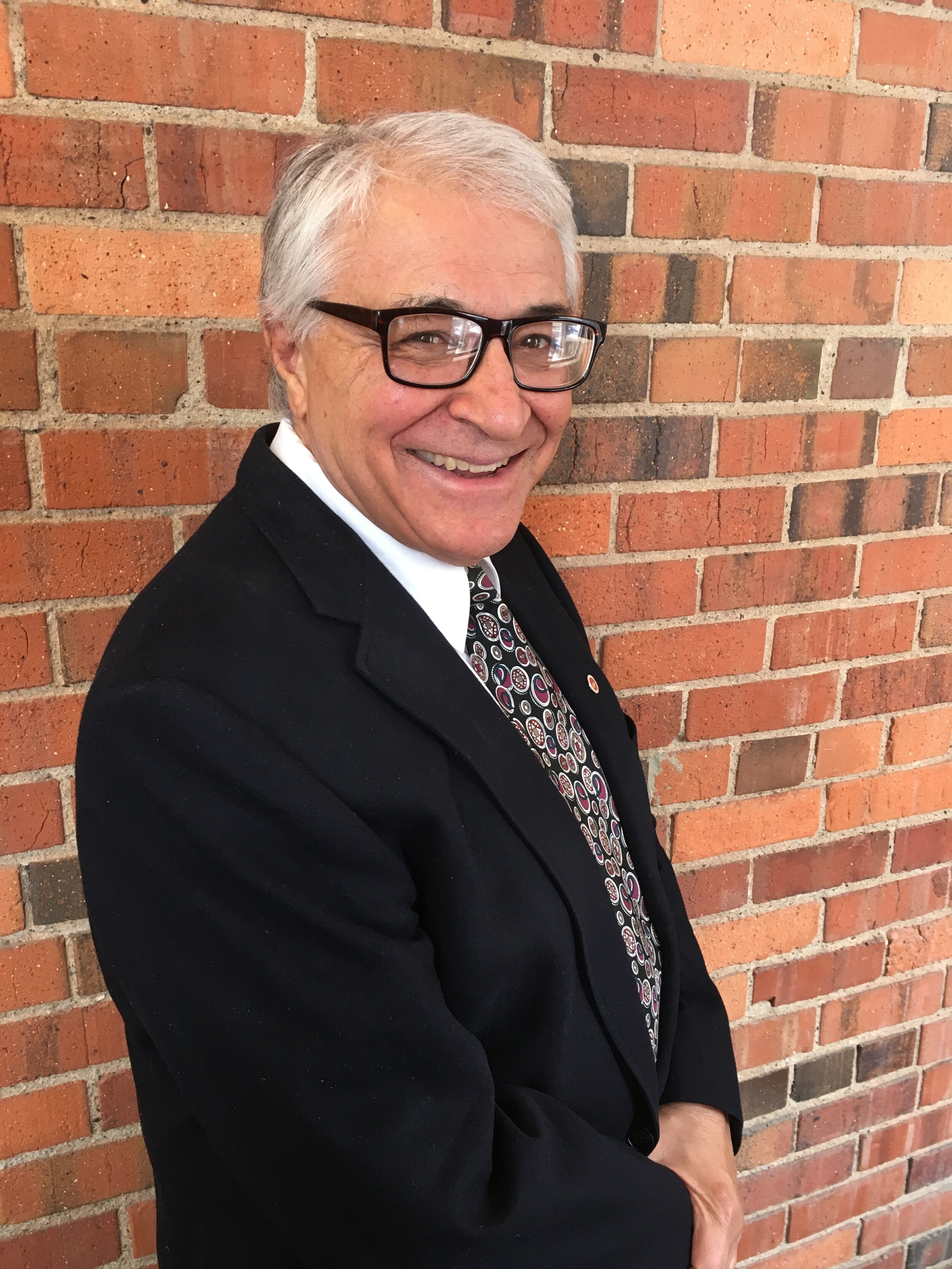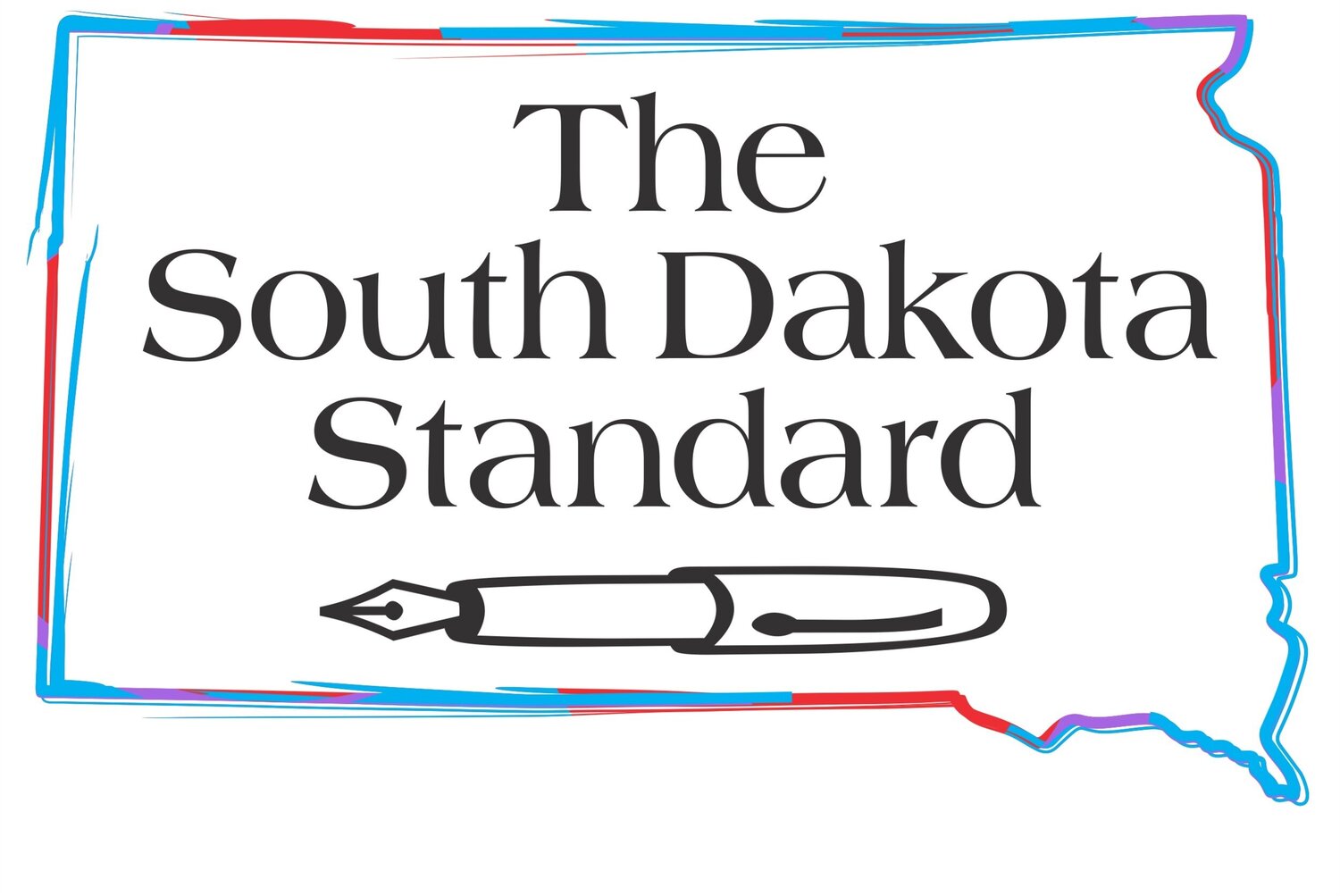For decades, Aberdeen residents have been served low-quality, foul-tasting water. When will that be fixed?
The history of Aberdeen water rights is turbid if not also turgid. The city of Aberdeen’s water use plan historically has been to not have a plan. The city’s current and historical challenges are indicative of the city’s problems.
The following is a city press release from July 20, 2023: ABERDEEN, S.D.(Press Release) — Our water system recently violated a drinking water requirement.”
In the book “Brown County History,” the authors discuss the history of Aberdeen’s water system and supply. Well over 100 years ago Aberdeen was able to access water for the city, but only just barely.
“Thus, Aberdeen had its first water supply; it was a yellowish, slimy, ill-tasting water — but it was water.” I am not prepared to report that the city’s water is currently of that sort, but I can with personal knowledge report that historically the city’s water quality has not been agreeably palatable. I do blame the city’s water for my gray hair.
Now let us here review city government planning in action — the missed opportunity to establish a decent water supply for the city of Aberdeen (its downtown is seen above in a public domain image posted on wikimedia commons). We have before us a case study by way of an incomprehensible refusal by Aberdeen to become a part of a new 1980s water system supplying water from the Missouri River.
That large system is currently successfully operating as the WEB water system. Aberdeen refused to participate in the WEB water distribution system back in the 1980s. There has always been something in Aberdeen water that makes the drinker stubbornly resistant to reason, myself excluded.
The state’s third-largest city has now got religion. Aberdeen of late has decided to get along better with its neighbors. At least a little bit.
The city and WEB have had a longstanding dispute over who should serve whom with treated water concerning both entities’ somewhat overlapping servicing footprint.
Recently Aberdeen helped organize and then joined a government effort called the Water Investment in Northern South Dakota (WINS) project. WINS is a joint water project established with WEB Water, Inc, the city of Aberdeen, and the BDM Rural Water System. The group was organized in part to construct a new pipeline for the transmission of water from the Missouri River to northeast South Dakota.
Keep in mind we have a $750 million government funding carrot hanging on the end of a stick here, so please show me the tangible planning process of the recipients. Partial funding of aspects of this project have already been authorized, but where do we find the advances towards Aberdeen’s water needs?
In 2021, Aberdeen on its own engaged an outside engineering firm to provide a report to the city on the feasibility of accessing Missouri River water. Be reminded that accessing Missouri River water is something Aberdeen contemptuously rejected in the 1980s. This is the very river water the WEB water system has been using and distributing to its customers in northeast South Dakota since the 1980s.
How did Aberdeen initiate its current research regarding its eternal water problem? The research was started by receipt of the outside engineer’s 2021 written report on Aberdeen’s water issues. The report was approximately 441 pages. Did the firm get paid by the page?
The engineer’s report was submitted to Aberdeen towards the end of 2021. What steps have then been taken by the city? A proposed water plan for a new public water project will customarily suggest 1. A preliminary design, 2. A discussion of new water intake structures and possible locations, 3. A recommendation on acquiring easements and rights-of-way, and similar tedious technicalities necessary to get a new water project going.
I am not aware of any such action taken by the city on the three-year-old engineer’s report. I am not aware of any committees or boards of the city advising the public on what progress has been made following the report. I am not aware of any experts hired by the city to address or implement suggestions from the lengthy report.
Now if the new WINS joint water project was meant to be a substitute for the 2021 engineer’s report and its preliminary recommendations, then let us review the status of WINS. As a part of the WINS undertaking, a memorandum of understanding (MOU) for the so-called joint project was negotiated and entered into by and between Aberdeen, the BDM Water System and the WEB Water System. The agreement was completed in January but not officially approved by the city until the end of November.
Does this MOU take the bull by the horns and show what Aberdeen is now doing? What reports or recommendations have been filed by the city’s WINS subcommittee?
The MOU may be a path to progress. That is good. Under the agreement, WEB must accept a representative on its board of directors from the city of Aberdeen and also accept a representative on its board from the other functioning water system, the BDM. The MOU also allows Aberdeen to control a larger water service area outside of its corporate boundaries.
Where is the city’s traction in efforts to obtain Missouri River water? The curious MOU creates a so-called governance committee to proceed with the WINS project. The MOU requires a unanimous vote on issues put before the three participating entities. That kind of rule will often frustrate everyone and often make everyone unhappy.
Other than that, the power given to the WINS governance committee is not defined in the MOU. And, most revealing to the long-term management of the project, the ownership of the water pipeline infrastructure is not established within the terms of the MOU. Sounds like everybody is hesitant to talk to everybody else — sort of like an extended family reunion attended by some second and third cousins.
The observant reader will conclude Aberdeen has substantial unfinished business.
David Ganje is a South Dakota attorney who practices commercial, natural resources, and environmental law. His website is lexenergy.net.







